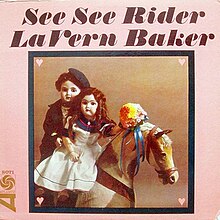
Atlantic Recording Corporation is an American record label founded in October 1947 by Ahmet Ertegun and Herb Abramson. Over the course of its first two decades, starting from the release of its first recordings in January 1948, Atlantic earned a reputation as one of the most important American labels, specializing in jazz, R&B, and soul by Aretha Franklin, Ray Charles, Wilson Pickett, Sam and Dave, Ruth Brown and Otis Redding. Its position was greatly improved by its distribution deal with Stax. In 1967, Atlantic became a wholly owned subsidiary of Warner Bros.-Seven Arts, now the Warner Music Group, and expanded into rock and pop music with releases by Crosby, Stills, Nash & Young, Led Zeppelin, and Yes.

"What'd I Say" is an American rhythm and blues song by Ray Charles, released in 1959. As a single divided into two parts, it was one of the first soul songs. The composition was improvised one evening late in 1958 when Charles, his orchestra, and backup singers had played their entire set list at a show and still had time left; the response from many audiences was so enthusiastic that Charles announced to his producer that he was going to record it.

The Genius of Ray Charles is a 1959 Ray Charles album, released in October by Atlantic Records, the seventh album since the debut Ray Charles in 1957. The album consists of swinging pop with big band arrangements. It comprises a first half of big band songs and a second half of string-backed ballads. The Genius of Ray Charles sold fewer than 500,000 copies and charted at number 17 on the Billboard 200. "Let the Good Times Roll" and "Don't Let the Sun Catch You Cryin'" were released as singles in 1959.

Where Did Our Love Go is the second studio album by Motown singing group the Supremes, released in 1964. The album includes several of the group's singles and B-sides from 1963 and 1964. Included are the group's first Billboard Pop Singles number-one hits, "Where Did Our Love Go", "Baby Love", and "Come See About Me", as well as their first Top 40 hit, "When the Lovelight Starts Shining Through His Eyes", and the singles "A Breathtaking Guy" and "Run, Run, Run".
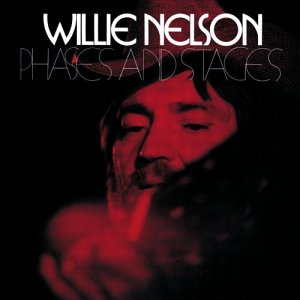
Phases and Stages is the 17th studio album by American country music singer-songwriter Willie Nelson, released in March 1974. It followed the moderate success of his first Atlantic Records release, Shotgun Willie. Nelson met producer Jerry Wexler at a party where Nelson sang songs from an album he planned to record. The single "Phases and Stages" was originally recorded the same year. Nelson recorded the album at Muscle Shoals Sound Studios in two days and Wexler produced it.
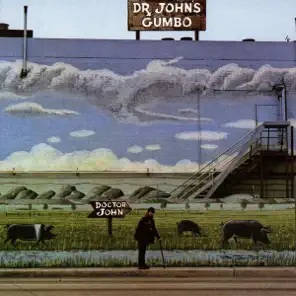
Dr. John's Gumbo released in 1972 is the fifth album by New Orleans singer and pianist Dr. John, a tribute to the music of his native city. The album is a collection of covers of New Orleans classics, played by a major figure in the city's music. It marked the beginning of Dr. John's transition away from the eccentric stage character that earned him a cult following, and toward a more straightforward image based on New Orleans' R&B traditions.
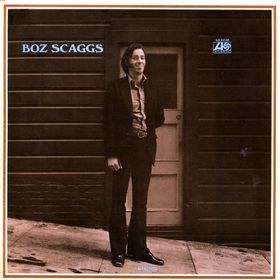
Boz Scaggs is the second studio album by American musician Boz Scaggs, released in 1969 by Atlantic Records. A stylistically diverse album, Boz Scaggs incorporates several genres, including Americana, blue-eyed soul, country, and rhythm and blues. The lyrics are about typical themes found in blues songs, such as love, regret, guilt, and loss. Scaggs recorded the album at Muscle Shoals Sound Studio with producer Jann Wenner, the co-founder of Rolling Stone magazine. The Muscle Shoals Rhythm Section heavily contributed to the album, which included a young Duane Allman, before his rise to fame with the Allman Brothers Band.
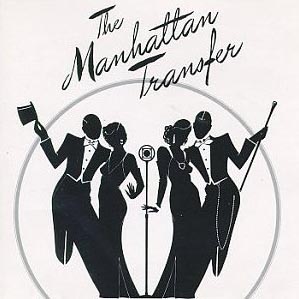
The Manhattan Transfer is the second album by The Manhattan Transfer. However, it is the first of four albums to be released by the lineup of Tim Hauser, Laurel Massé, Alan Paul, and Janis Siegel, and the first to establish the sound and style for which the group would become known. It was released on April 2, 1975, by Atlantic Records and was produced by Ahmet Ertegün and Tim Hauser.
"Lovey Dovey" is a popular American rhythm and blues song originating in the 1950s and written by Eddie Curtis and Ahmet Ertegun, with the latter usually credited using his songwriter's pseudonym "Nugetre". The song's initial recording by The Clovers remains the best known version, reaching No. 2 for five weeks on the R&B charts in 1954.

Sound Venture is a jazz album recorded by Georgie Fame and the Harry South Big Band in 1966. Featuring many of Britain's top jazz musicians, and arranged by big band arranger Harry South, it marked a departure from Fame's R&B hits with the Blue Flames. The record peaked at number 9 on the national albums chart in the UK.
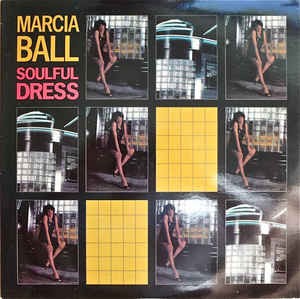
Soulful Dress is a blues album by Marcia Ball. It is Ball's second solo album. Soulful Dress was released in 1984 through Rounder Records. Stevie Ray Vaughan played the first guitar solo on "Soulful Dress".

Ahmet Ertegun was a Turkish-American businessman, songwriter, record executive and philanthropist.

I Gotta Right to Swing is a 1960 studio album by Sammy Davis Jr., accompanied by an uncredited Count Basie Orchestra, minus Count Basie himself.

Miss Rhythm is an album by vocalist Ruth Brown featuring tracks recorded between 1954 and 1959 and released on the Atlantic label.

Ruth Brown is the debut album by vocalist Ruth Brown featuring tracks recorded between 1949 and 1956 and released on the Atlantic label.
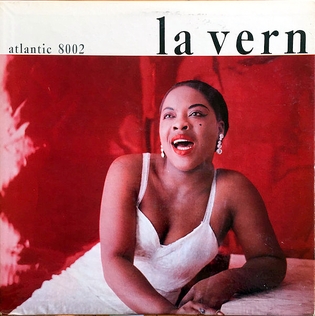
LaVern is the debut studio album from American rhythm and blues singer LaVern Baker, released by Atlantic Records in 1956.

LaVern Baker is the second studio album from American rhythm and blues singer LaVern Baker, released by Atlantic Records in 1957. This release was part of Atlantic Records' 8000 Series, a collection of self-titled budget albums by R&B artists, made to allow retailers to easily introduce audiences to popular singers. This was one of the first albums to collect popular singles from a single artist.
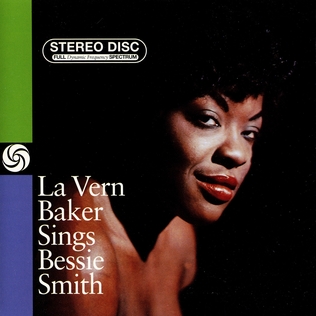
LaVern Baker Sings Bessie Smith is the third studio album from American rhythm and blues singer LaVern Baker, released by Atlantic Records in 1958 and featuring cover versions of Bessie Smith songs. After her sophomore release LaVern Baker collected mostly previously-released singles, this album included only new tracks. The album was initially released in monaural sound and sold well enough that Atlantic re-released it in stereo sound in November for the holiday season.

Blues Ballads is the fifth studio album from American rhythm and blues singer LaVern Baker, released by Atlantic Records in 1959.
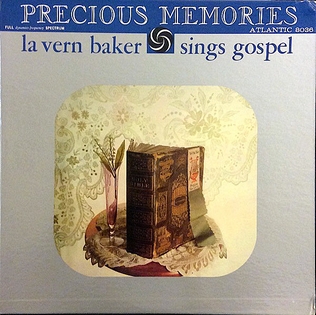
Precious Memories: LaVern Baker Sings Gospel is the fourth studio album from American rhythm and blues singer LaVern Baker, released by Atlantic Records in 1959.
